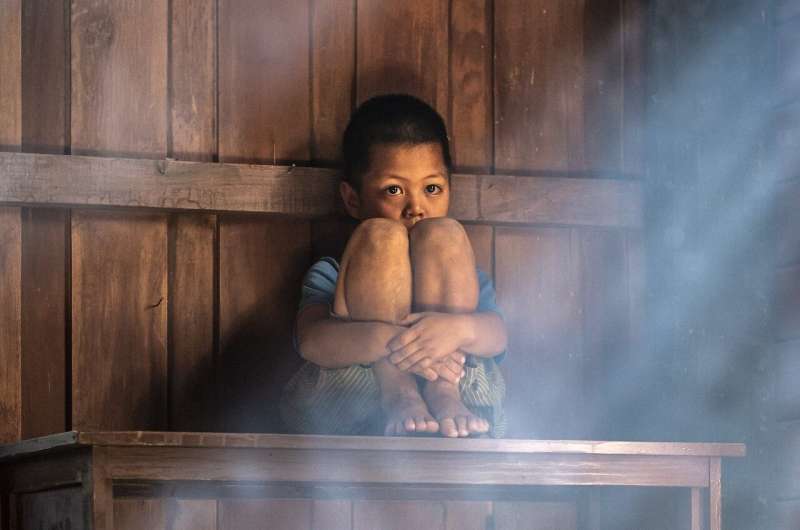This article has been reviewed according to Science X's editorial process and policies. Editors have highlighted the following attributes while ensuring the content's credibility:
fact-checked
trusted source
proofread
Study shows specific links between childhood trauma and schizotypy dimensions in adolescent population

Childhood and adolescence are critical periods for the developing brain. It is a period of environmental challenge and stress. The adolescent population is particularly vulnerable to childhood trauma, which can disrupt the hypothalamic–pituitary–adrenal axis and the cortisol feedback loop, increasing the potential risk of developing psychotic symptoms and other psychopathologies. However, the relationship between childhood trauma, vulnerability and affective symptoms in the adolescent population remains unclear.
To address this issue, Dr. Raymond Chan from the Institute of Psychology of the Chinese Academy of Sciences and his collaborators conducted a study to specifically examine the network structure and interrelationship between childhood trauma, schizotypal traits and other psychopathologies in 1,813 college students. The findings were published in the Asian Journal of Psychiatry on April 25.
All participants completed the online self-report measures of childhood trauma, motivation, schizotypal traits, depressive symptoms and bipolar traits. Results from a network analysis showed that childhood trauma was significantly correlated with schizotypy and motivation.
Subsidiary analysis also showed that participants with high levels of schizotypal traits had higher global strength than those participants with low levels of schizotypal traits, although the two groups did not differ in their network structures.
There was also no significant difference in the network structure between male and female participants. These findings were also replicated in an independent sample of 427 participants suggesting the robustness and stability of the results.
Taken together, these findings suggest specific associations between childhood trauma and schizotypy dimensions in the adolescent population and help us understand the interplay between childhood trauma and the development of psychopathologies.
Dr. Chan's team is now collecting transdiagnostic clinical data using the same set of questionnaires and aims to investigate whether a similar, but stronger, association is found in patients with different mental disorders.
More information: Yi-hang Huang et al, Relationships between childhood trauma and dimensional schizotypy: A network analysis and replication, Asian Journal of Psychiatry (2023). DOI: 10.1016/j.ajp.2023.103598



















